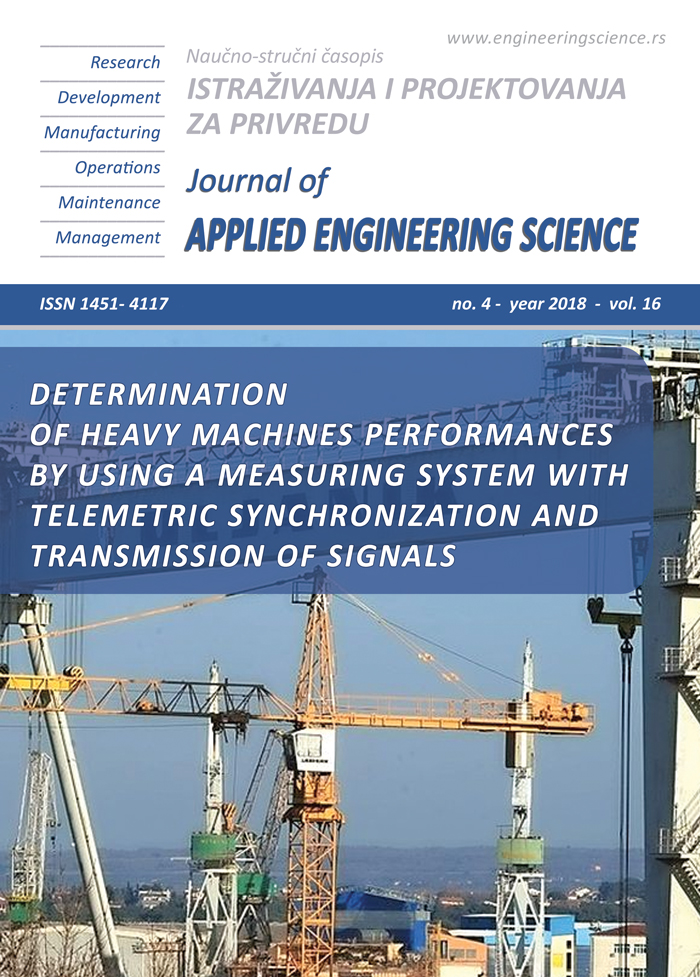Design of an inventory management system in an agricultural supply chain considering the deterioration of the product: The case of small citrus producers in a developing country
Abstract
Inventory management along the agrifood supply chain is a subject of great interest due to the constraints related with the perishable condition of product. Significant problems like demand forecasting, inventory management and transportation was evidenced within the supply chain studied. Additionally, the management of perishables and their lifecycle are the most frequently issue in this kind of supply chain. An inventory management policy is defined taking in consideration the optimal quantity for an order and the time for ordering so as to ward off costs related with understock or overstock. This paper presents a mathematical model for inventory management in agricultural supply chains considering perishability. The supply chain studied involves a retailer, a producer and a supplier. The advantages of integrating inventory management along the supply chain are discussed and finally some recommendations and research opportunities set forth.
References
United Nations. (2015). Report of the UNCTAD secretariat presented at the United Nations Conference on Trade and Development.
Vianchá, Z. (2014). Modelos y configuraciones de cadenas de suministro en productos perecederos, 32(1), 1–8.
Shukla, M. & Jharkharia, S. (2013). Agri‐fresh produce supply chain management: a state‐of‐the‐art literature review. International Journal Of Operations & Production Management, 33(2), 114-158.
Vidal Holguín, C. (2010). Fundamentos de control y gestión de inventarios (1st ed.). Santiago de Cali: Programa Editorial Universidad del Valle.
Rau, H., Wu, M. Y., & Wee, H. M. (2003). Integrated inventory model for deteriorating items under a multi-echelon supply chain environment. International Journal of Production Economics, 86(2), 155–168.
Yang, P., & Wee, H. (2001). A single-vendor multi-buyers integrated inventory policy for a deteriorating item. Journal Of The Chinese Institute Of Industrial Engineers, 18(5), 23-30.
Cannella S, Ciancimino E, & Disney S. (2010). Los cuatro arquetipos de cadenas de suministro. Universia Business Review, p. 1698-5117.
Liao, K., Marsillac, E., Johnson, E., & Liao, Y. (2011). Global supply chain adaptations to improve financial performance. Journal Of Manufacturing Technology Management, 22(2), 204-222.
Arshinder, Kanda, A., & Deshmukh, S. G. (2008). Supply chain coordination: perspectives, empirical studies and research directions. International journal of production Economics, 115(2), 316-335.
Ahumada, O. & Villalobos, J. (2009). Application of planning models in the agri-food supply chain: A review. European Journal Of Operational Research, 196(1), 1-20.
Seuring, S. & Müller, M. (2008). From a literature review to a conceptual framework for sustainable supply chain management. Journal Of Cleaner Production, 16(15), 1699-1710.
Pawlewski, P. (2015). Coordination in the Supply Chain. In 10th International Conference on Soft Computing Models in Industrial and Environmental Applications (pp. 439-450). Springer, Cham
Ghare, P.M., Schrader, S.F., 1963. A model for exponentially decaying inventory. Journal of Industrial Engineering 14, 238–243.

